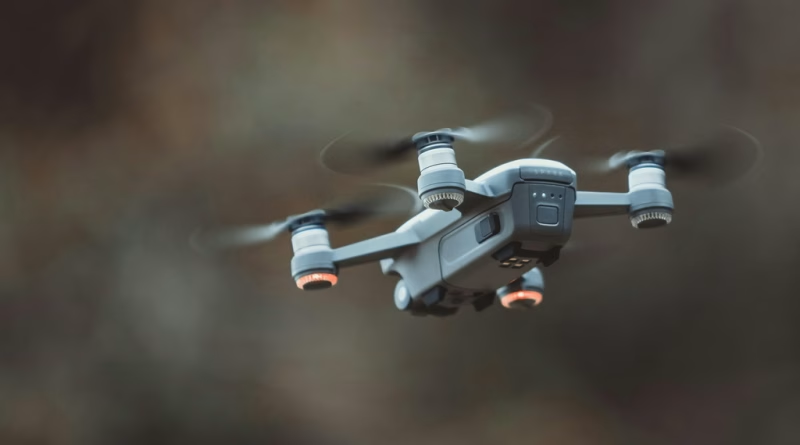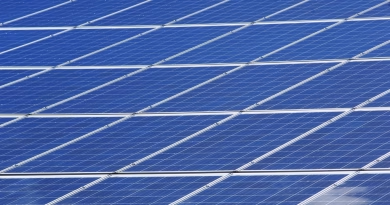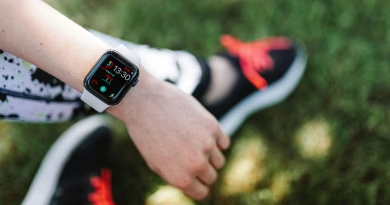The Future of Drones: From Delivery to Personal Transportation
For the past decade, when we’ve thought of drones, we’ve mostly pictured one of two things: a small quadcopter used by a YouTuber to get breathtaking aerial shots, or a large, ominous military aircraft. But this narrow view is about to become incredibly outdated.
The drone is quietly evolving from a simple remote-controlled camera into a sophisticated, autonomous platform that is set to revolutionize everything from e-commerce to agriculture, and eventually, even how we travel across our cities.
Powered by advancements in AI, battery technology, and autonomous navigation, the future of drones is less about hobbyist flying and more about creating a new, automated layer of logistics and transportation in the sky above us.
The Last Mile: Drones as a Delivery Network
The “last mile” of delivery—getting a package from a local distribution center to your doorstep—is the most expensive and inefficient part of the entire shipping process. Drones are poised to solve this.
- What’s Happening: Companies like Amazon Prime Air, Wing (owned by Google’s parent company, Alphabet), and Zipline are moving beyond the trial phase and are now operating real, scheduled delivery services in select suburban and rural areas. Zipline, for example, started by delivering critical medical supplies in Africa and is now using that experience to deliver pharmaceuticals and retail products in the U.S.
- The Vision: Instead of a truck driving to your house, a small, electric drone will be automatically dispatched from a local hub, fly to your home, and gently lower your package into your backyard. This isn’t just faster; it’s more energy-efficient and will significantly reduce the number of delivery trucks on our roads. The future of e-commerce is a quiet, electric hum from above.
The All-Seeing Eye: Drones in Industry
While consumer delivery grabs headlines, the biggest immediate impact of drones is happening in the industrial sector. Autonomous drones are becoming essential tools for inspection, security, and agriculture.
- Precision Agriculture: Drones equipped with specialized cameras can survey hundreds of acres of farmland, using AI to identify areas that need water, fertilizer, or are suffering from pests. This allows for the precise application of resources, saving money and reducing environmental impact.
- Infrastructure Inspection: Instead of sending a human to dangerously climb a cell tower, a wind turbine, or inspect a bridge, a drone can do it faster, cheaper, and with zero risk to human life. AI-powered software can then analyze the footage to detect cracks, corrosion, or other potential points of failure.
- Emergency Services: Drones are being used by first responders to get an instant aerial view of a fire or a disaster area, to deliver medical supplies to hard-to-reach locations, and to help find missing persons.
The Final Frontier: Drones as Personal Transportation
This is where the technology moves from practical to truly science fiction. The same core technologies powering small delivery drones are being scaled up to create large, multi-rotor aircraft capable of carrying people.
- What They Are: These are not drones in the traditional sense, but eVTOLs (electric Vertical Take-off and Landing) aircraft. Often called “passenger drones” or “flying taxis,” they are being developed by companies like Joby Aviation, Wisk Aero, and Archer Aviation.
- The Vision: A fleet of these quiet, electric aircraft will form a new layer of urban transportation. You’ll book a ride on an app, go to a rooftop “vertiport,” and be flown across the city in minutes, bypassing the traffic below entirely.
- The Reality: While the technology is maturing at an incredible pace, the regulatory and logistical hurdles are immense. Gaining certification from aviation authorities like the FAA is a slow, painstaking process. Building out the necessary infrastructure and a new air traffic control system for cities will take years. This is the long-term vision, but it’s one that the industry is investing billions to make a reality.
The drone is no longer just a toy. It’s a foundational technology that will create a new economy in the lower skies, changing our world in ways we’re only just beginning to imagine.




